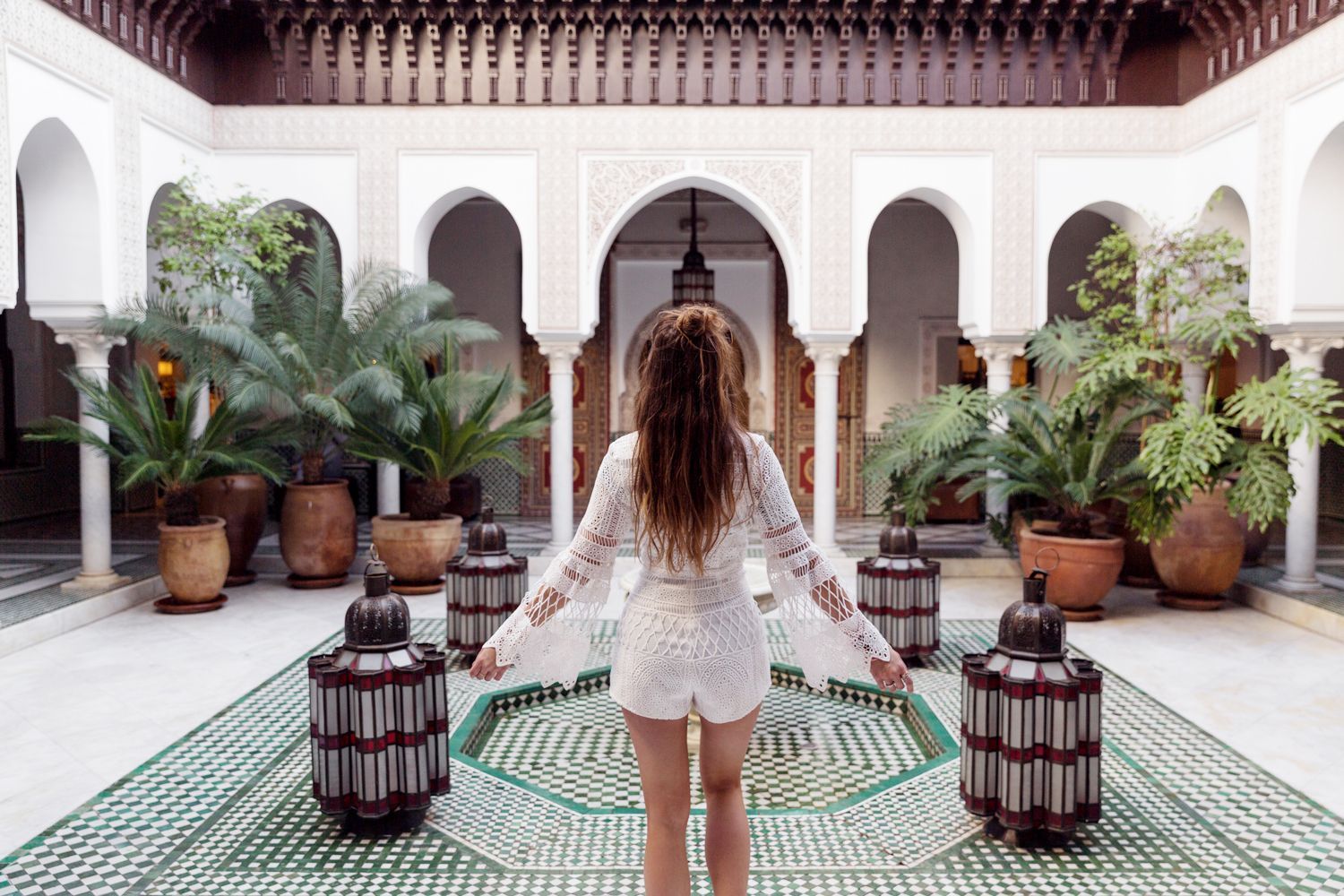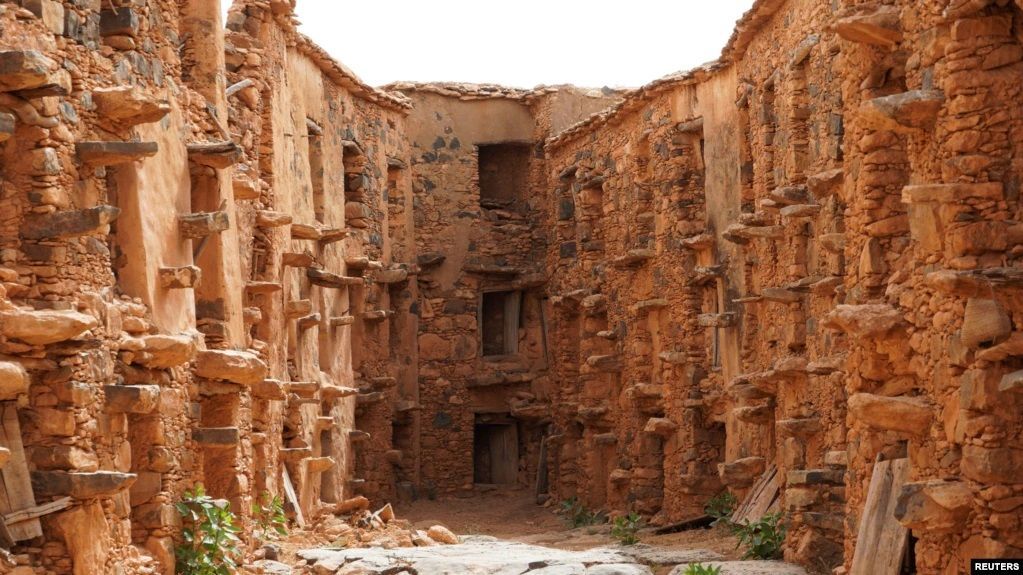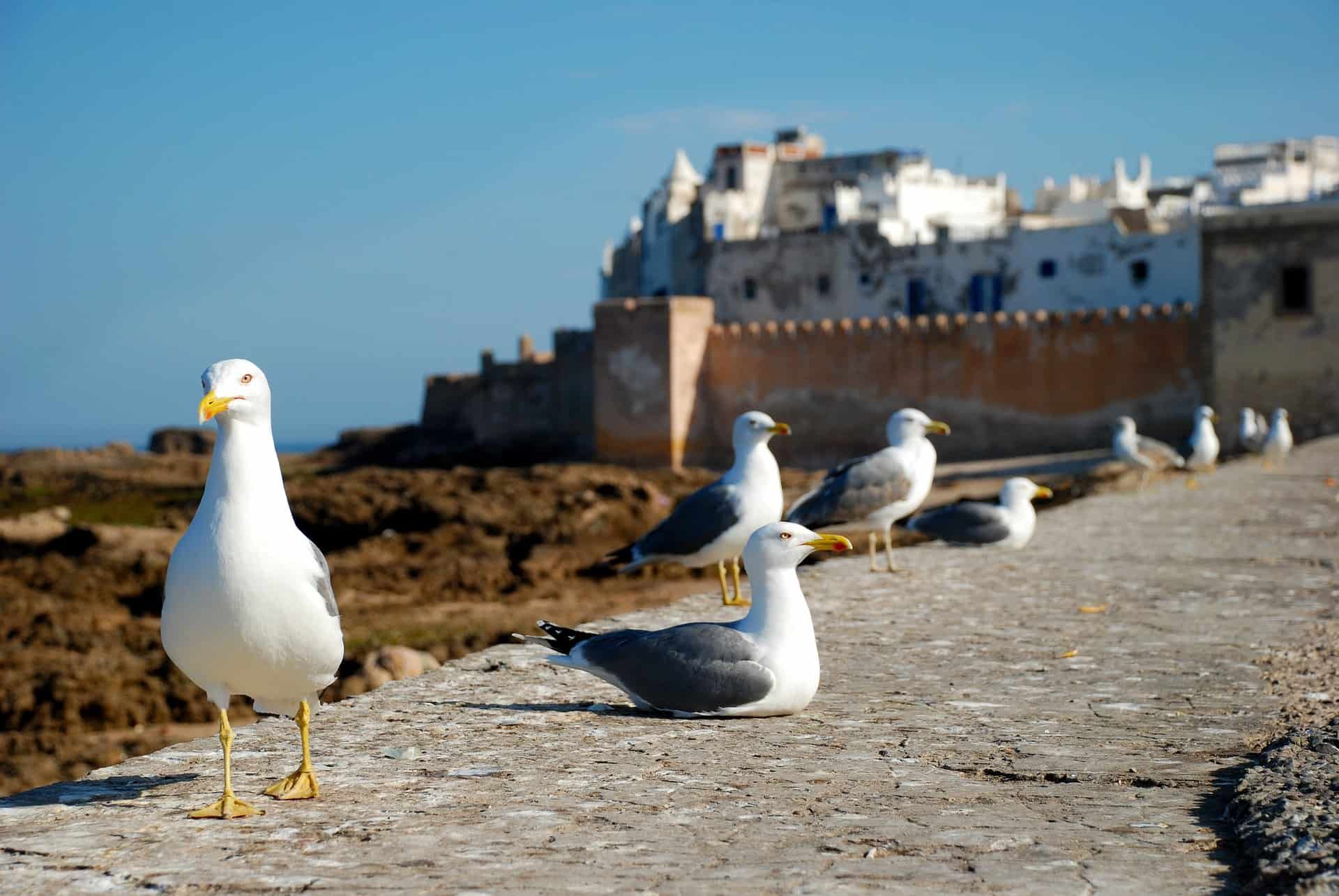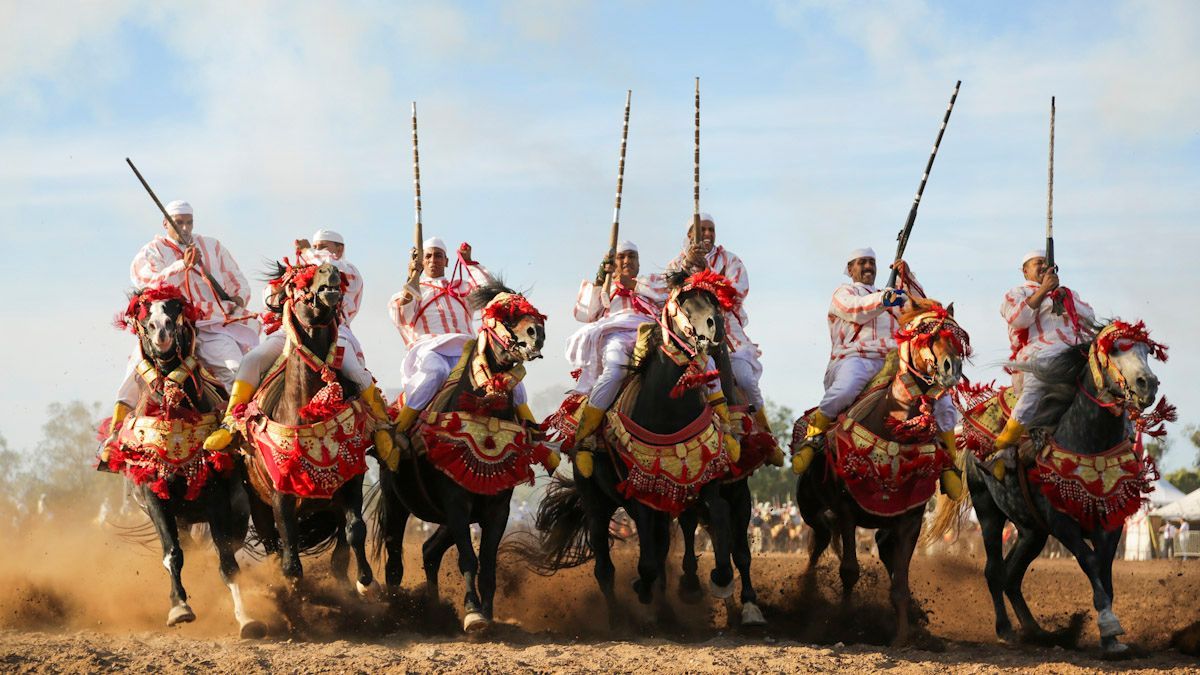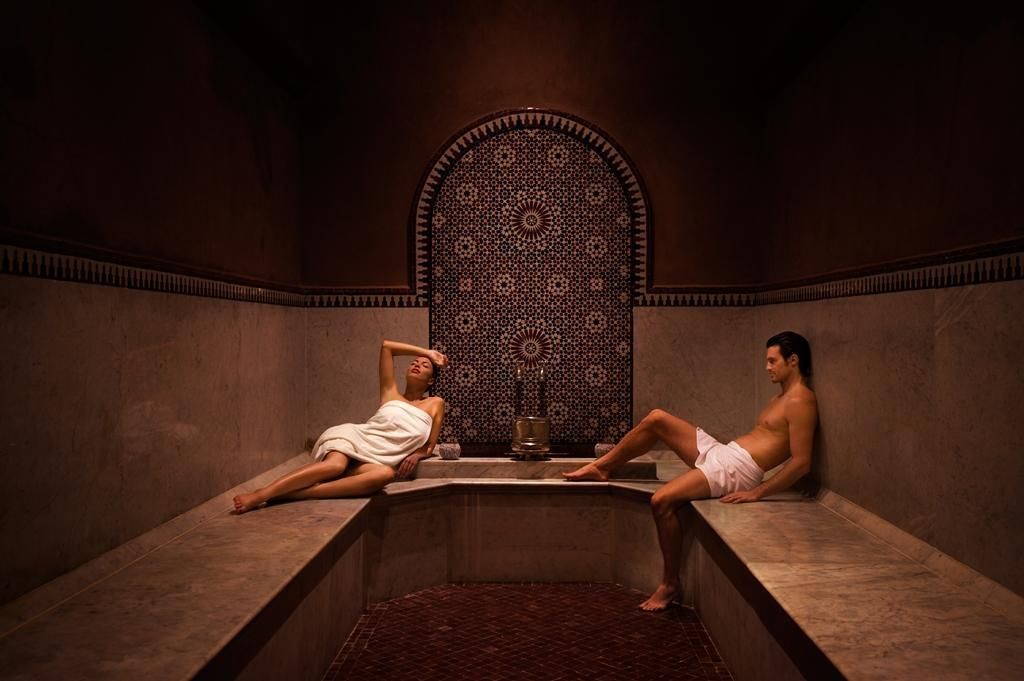Moroccan Architecture: The Beauty of Riads, Palaces, and Mosques
Uncover the Splendor of Moroccan Architecture: Riads, Palaces, and Mosques
Moroccan architecture is a stunning blend of Islamic, Andalusian, and Berber influences that have evolved over centuries to create some of the world’s most unique and awe-inspiring structures. From the intricate tilework of riads to the grandeur of palaces and mosques, Moroccan architecture is a testament to the country’s rich cultural heritage. Whether you're strolling through the narrow streets of Marrakech or exploring the imperial cities, the beauty of Moroccan architecture is impossible to ignore. In this article, we’ll explore some of the key architectural wonders in Morocco that every traveler should experience.
The Charm of Moroccan Riads
Riads, traditional Moroccan houses with an interior garden or courtyard, are perhaps one of the most iconic elements of Moroccan architecture. Often hidden behind plain exteriors, riads are exquisite examples of intricate tilework (zellij), stucco, and woodwork. These homes, designed around a central courtyard, offer privacy and serenity, making them popular as boutique hotels in cities like Marrakech and Fez.
The lush central courtyards, often filled with fragrant orange trees or bubbling fountains, serve as peaceful retreats from the bustling medinas outside. Riads are typically decorated with colorful Moroccan zellij tiles, carved stucco, and cedarwood, creating an atmosphere of opulence and tranquility.
Some of the most famous riads, such as Riad Yasmine or La Mamounia in Marrakech, are perfect examples of how these traditional homes have been transformed into luxurious getaways for modern travelers.
The Grandeur of Moroccan Palaces
Moroccan palaces showcase the wealth and power of past dynasties and rulers. These grand palaces, with their ornate courtyards, stunning gardens, and intricate craftsmanship, are symbols of Moroccan architectural splendor.
One of the most famous is the Bahia Palace in Marrakech, a 19th-century masterpiece built for the grand vizier of the sultan. Its name, which means "brilliance," is reflected in its stunning rooms adorned with zellij tiles, carved cedarwood ceilings, and sprawling courtyards. The Royal Palace of Fez and Dar el Makhzen in Rabat also stand as beautiful examples of Moroccan craftsmanship, featuring grand gates, extensive gardens, and luxurious interiors.
Palaces often blend Andalusian and Moorish influences, evident in the detailed mosaics, stucco work, and geometric patterns that create a sense of harmony and balance throughout the space.
The Spiritual Beauty of Moroccan Mosques
Mosques are at the heart of Moroccan culture and spiritual life, with some of the world’s most stunning examples of Islamic architecture. The design of Moroccan mosques typically features tall minarets, horseshoe arches, and expansive prayer halls decorated with intricate patterns.
One of the most famous mosques is the Hassan II Mosque in Casablanca, the largest mosque in Africa and the 7th largest in the world. Its minaret, the tallest in the world, stands at 210 meters, and its breathtaking interior is adorned with zellij, marble, and woodcarvings. The mosque sits right on the Atlantic coast, offering visitors a unique view of both architectural brilliance and natural beauty.
The Koutoubia Mosque in Marrakech, with its towering minaret, serves as another prime example of Moroccan mosque architecture. Built in the 12th century, it is a symbol of Marrakech and a masterpiece of Almohad architecture.
Other significant mosques, such as the Al Quaraouiyine Mosque in Fez, also represent the architectural heritage of Morocco, blending art and spirituality in stunning forms.
The Fusion of Styles and History
Moroccan architecture reflects the diverse cultural and historical influences that have shaped the country over the centuries. From Berber traditions to Moorish artistry, each structure tells a story of the people who have lived in this land for generations. Whether you’re admiring the ornate facades of mosques, wandering through the serene courtyards of riads, or exploring the grand palaces, Moroccan architecture never fails to captivate.




